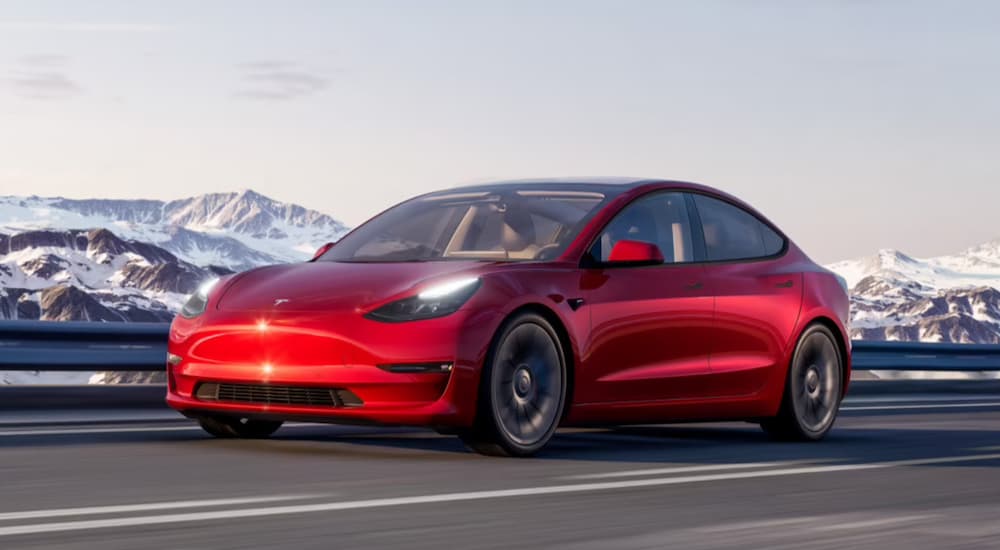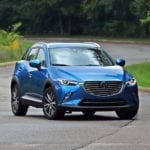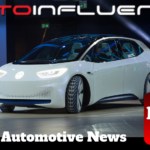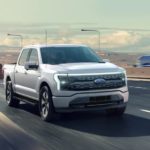If you’re even mildly interested in the goings-on of the auto industry and the big companies within it, then you’ve likely heard about the partnership that was recently announced between Tesla and Hertz, one of the biggest rental car companies in the world. This is a major announcement for both of them, though for somewhat different reasons. It might seem like a partnership between two massive corporations has nothing to do with you, but there are some interesting aspects of this deal that will trickle down to the rest of us.
The Tesla-Hertz Partnership
Before I get into some of the specifics of this whole deal, let’s take a look at exactly what’s going on and what was announced. The deal is valued at about $4 billion and includes Hertz acquiring at least 100,000 Tesla vehicles to be added to their fleets in the US and Europe. I may not be a large multinational corporation, but that seems like a pretty massive order to me, and it certainly marks a big partnership between these two companies. This is also just the starting point; if this deal works out well for them, Hertz can order additional vehicles from Tesla to build up its fleet even more.
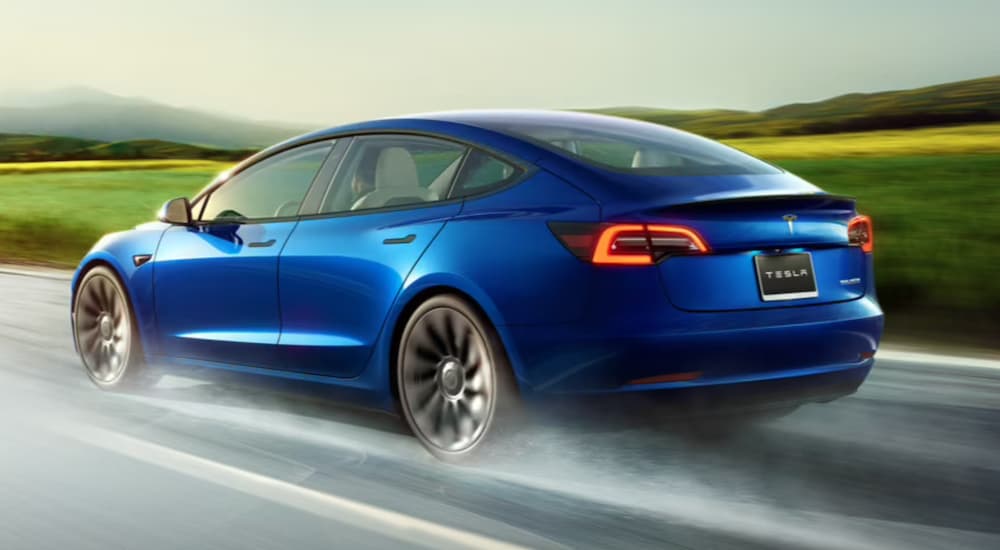
The State of Tesla
This announcement came just about the same time as Tesla released its Q3 earnings for 2021, and the numbers are hugely in their favor. Despite the chip shortage that’s kicking the pants off the entire auto industry at the moment, Tesla posted an adjusted earnings-per-share figure significantly greater than what was estimated. In addition to this, Tesla’s year-over-year revenue was about $13.76 billion, greater than estimates from most experts prior to the figures being released. In other words, even though the auto industry is struggling a bit right now, Tesla is doing well and delivered 73% more vehicles this year than last.
Tesla also makes profits by selling carbon credits to other auto manufacturers. This might seem strange because it is pretty strange. Basically, the federal government here in the US (as well as national governments around the world) and several state governments (like California) require that auto manufacturers produce a certain amount of zero-emission vehicles to continue operating in those countries/states. Automakers then earn regulatory credits for making these vehicles – and each manufacturer has to have a certain number of credits by the end of the year.
However, the weird thing is that manufacturers don’t actually have to earn the credits themselves; they just have to have them, and a company can sell extra credits they earn to other manufacturers. Since Tesla only makes EV models, they earn a lot of these credits and sell the excess to other manufacturers. How much of a part of their business model is this? Well, when Tesla posted their Q1 earnings for this year back in April, $518 million of their revenue came from selling regulatory credits to other car manufacturers – that’s pure profit since they cost Tesla absolutely nothing.
In the past, a substantial portion of Tesla’s profits came from selling regulatory credits, but this year we’ve seen the company outgrowing that business model. In fact, in this quarter, revenues from regulatory profits are down 30% year over year, while total gross profit is up 77%. As more manufacturers start building EVs of their own, the market for regulatory credits will likely dry up, but Tesla already seems set on a sustainable path without them.
The State of Hertz
In contrast to Tesla, Hertz has actually been in pretty rough shape lately – they filed for bankruptcy pretty recently and just completed a restructuring process aimed to get back into good shape. A big part of their new business model will certainly come from being a leader in EV car rentals, so this deal with Tesla makes a lot of sense. In fact, after announcing this deal, Hertz went on to state that they might make similar deals with other major EV manufacturers in order to expand their electric fleet even further here in the US and throughout the world.
A major part of Hertz’s survival is also a deal they recently signed with Carvana, one of the biggest used car sellers in the country. Right now, there’s a shortage of new models due to the chip shortage, which has resulted in pre-owned vehicles being even more desirable. If you’ve tried to shop for a new or used car in the last six months, then I’m sure you know what I’m talking about. Companies like Carvana, which solely focus on selling used vehicles, have struggled to keep their inventory topped off.
In the past, Hertz relied on a variety of methods to sell off their vehicles after several years, including a direct sales network and car auctions. Their new deal with Carvana, however, means the process will be a lot more streamlined, and it means Carvana will have a steady stream of used vehicles coming in from Hertz’s fleet. In other words, these two deals mean Hertz now has a supply chain for Tesla models coming in and a reliable system for used vehicles to leave their fleet through Carvana.
Hertz’s Plans for Tesla Models
What’s particularly interesting to me, however, is that Hertz has announced that fully half of their new Tesla models – about 50,000 cars – will be available for Uber drivers to rent. This is sure to be an attractive prospect, as a Tesla Model 3 allows for a smooth and sophisticated ride that will have a lot of passengers very happy. This can boost a driver’s rating and make a big difference, especially in competitive markets for ridesharing services: big cities like Los Angeles, San Francisco, and Washington DC.
This sounded like a pretty great thing to me until I saw the price: drivers will be able to rent a Tesla Model 3 from Hertz for $334 a week – not including additional taxes and fees. This is for the initial launch of the program, with the price coming down to $299 at some point in the future. Hertz requires that Uber drivers have at least a 4.7-star rating and that they’ve completed at least 150 trips before they can qualify for this program.
Let me repeat that in case you scanned it too quickly: the cost is at least $299 per week. That’s about $1200 per month (more, really, with taxes and fees, but we’ll keep it simple). By comparison, if you lease a Model 3 from Tesla, it costs less than $400 per month! Even if you want to buy your own Tesla Model 3, your monthly payments would be anywhere from $804 per month on a four-year loan to about $550 per month if you take six years to pay off the loan. An Uber driver could buy a Tesla for $400 less per month than renting one from Hertz.
Reminder: Being Poor is Expensive
Why would anyone rent a Tesla Model 3 from Hertz rather than buy one from Tesla? Well, getting a loan on a Tesla means passing a credit check – renting a vehicle simply requires meeting their requirements for Uber rating and trips and having a valid credit card. So if your credit isn’t great, and you use Uber as a way to make a living or supplement other work, then renting a Tesla from Hertz might be your only real option.
The cost is so high, however, that it seems impossible to actually make a profit with a rented Tesla each month. The average salary for an Uber driver in the US is just about $36k per year. If you’re spending more than $14k per year to rent a Tesla, then good luck with that. I guess someone could manage to make this budget work, but it certainly won’t be easy.

